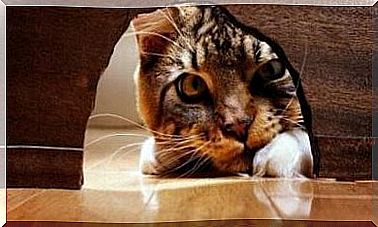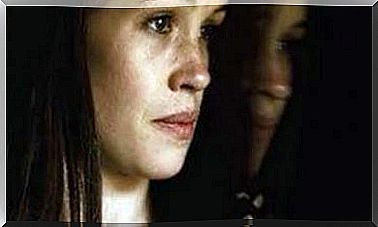The Chained Elephant: Past Failures
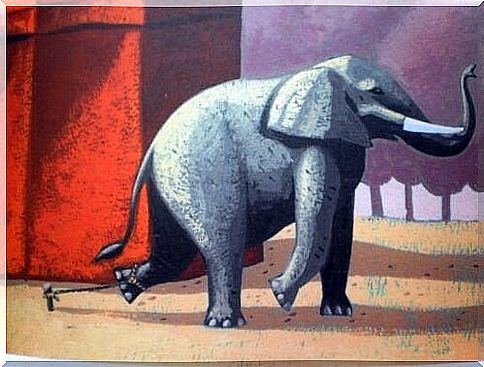
The story of The Chained Elephant tells of a playful, curious and funny child who lived in a small village. His parents had a farm and he considered all animals his friends. Hens, ducks, pigs and cows were his playmates. He had given everyone a name and talked to them as if they could understand it.
One day a gigantic circus arrived in the village. The boy had never seen a circus before. His schoolmates kept talking about it. After class, they all went to see him.
The little boy asked his parents to take him to the circus. He was dying to watch the jugglers, the clowns and, of course, the tamers. He had noticed that they brought huge and mysterious animals with them. A tiger, a lion, an elephant and several zebras. A real show for the little boy.
The story of The chained elephant
An afternoon at the circus
His parents agreed to take him to the circus and the little one was really excited. He hardly slept knowing that the next day he would see the long-awaited spectacle. With the first light of dawn, he got up and was ready in the blink of an eye. The hours never seemed to pass, until the time came.
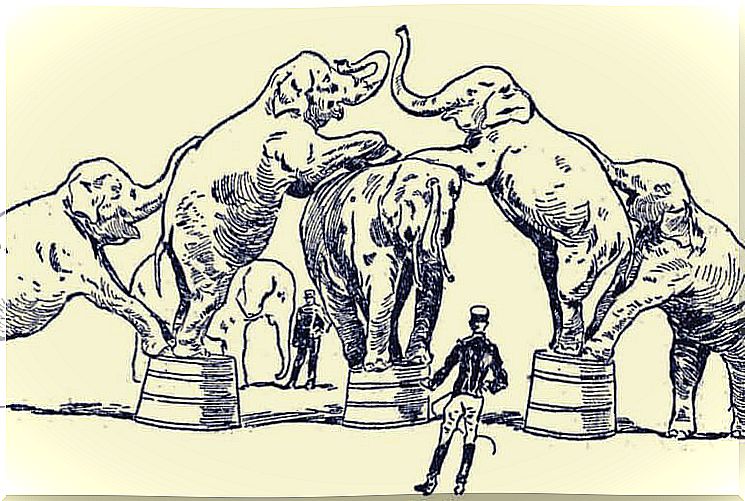
His parents bought him popcorn and cotton candy. He was happy for those delicacies but above all because he was about to see a show that seemed to him to come from another world. He was enchanted by the trapeze artists and, of course, by the numbers with animals. The lion was so docile that he greeted the audience. The zebras were extremely agile and ran in perfect circles, never losing pace. And the elephant was so nice that he stood on two legs and joked with the clowns.
The little one was fascinated and at the end of the show he went to the back of the tent to see the artists and, of course, those wonderful animals. And so he did: he walked along with his parents and, in the end, he saw that the animals were closed in the cages. The elephant, however, was in the open air . The boy approached and saw that one of his paws was tied, with a huge chain, to a pole that was resting on the ground. The animal did not move, it lay there patient.
End of the story of The chained elephant
The boy went home thoughtfully. He didn’t like seeing animals locked in cages. However, he was most impressed by the elephant: he was not in a cage, but he was tied up. Although the chain was thick, it was also seen from a mile away that the elephant might have discarded it. After all, he was a gigantic animal.
The boy asked his parents why the elephant was tied up with chains. They replied “To prevent him from escaping”. To stop him from escaping? He could have run away if he wanted to. A chain and a small pole were certainly no obstacles for him. So , “Why don’t you run away?” Asked the boy. The parents shrugged and didn’t answer him.
The child continued to be uneasy and, the next day, he asked the same question to the science teacher. She gave him a clear answer : “He doesn’t run away because he’s trained.” And he explained what training was.
The reasons not to run away
The child then realized that although the elephant was now a big animal, there had been a time when it was small. That was when they tied his leg to a small pole. The child imagined the little elephant doing everything to free himself from that chain, but without success.
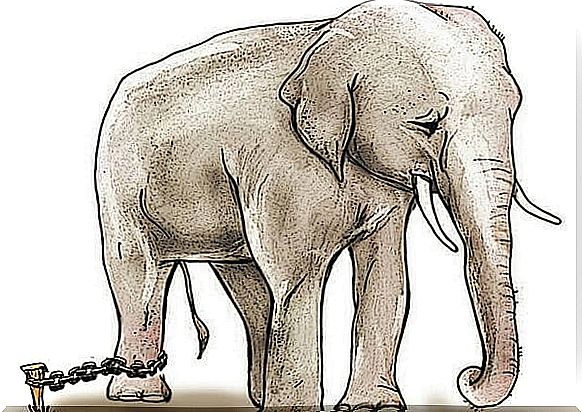
The little boy came to the conclusion that the elephant had not realized that he had grown up and that he was a formidable animal. The memory of that fierce struggle against a chain and a post that would not yield had impressed itself on his mind. For this reason, although he could have freed himself, he had stopped trying. The memory of past failures was stronger than the real possibility of the present.
The story of The Chained Elephant reminds us of those people who get stuck in a bad past experience and stop trying. Because the memory of a bad past is stronger than seeing the real possibility of changing the present.

